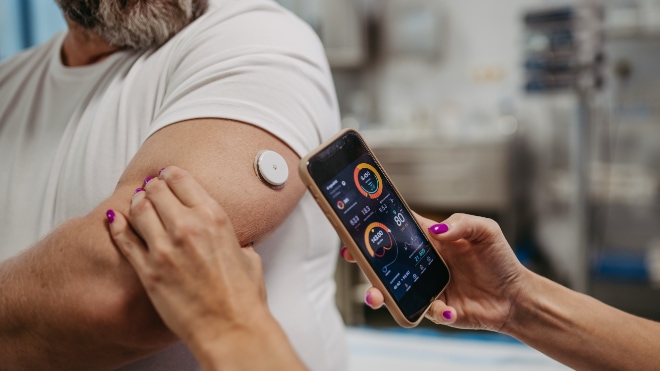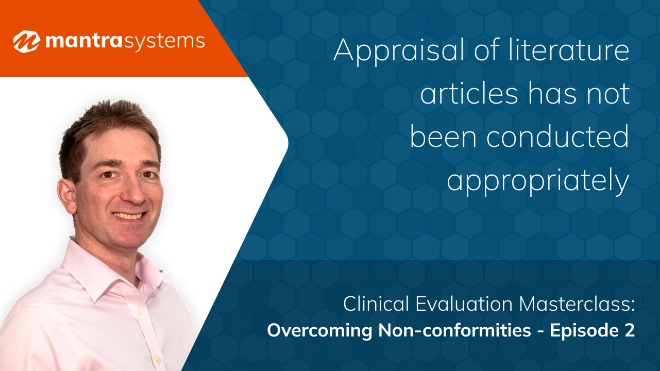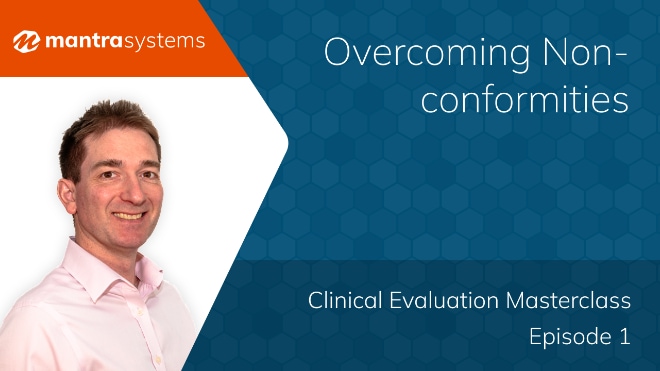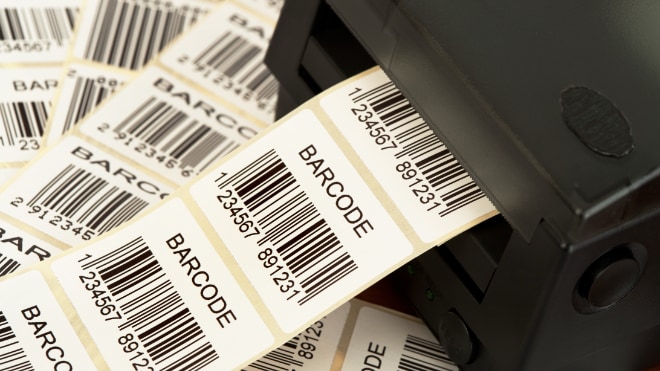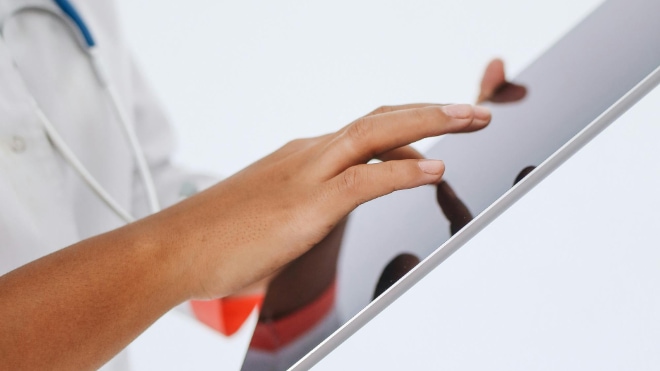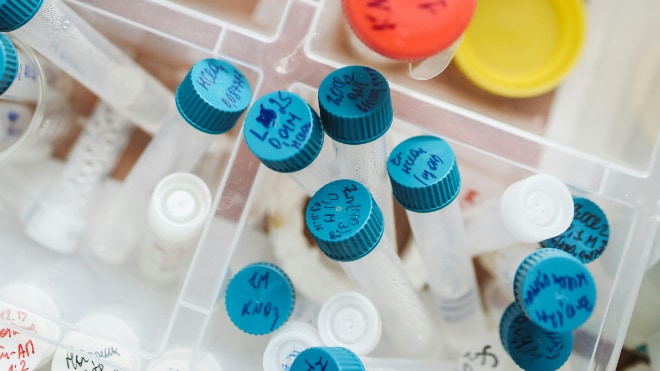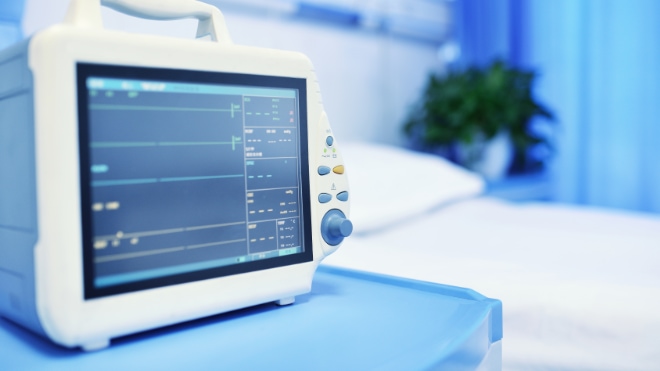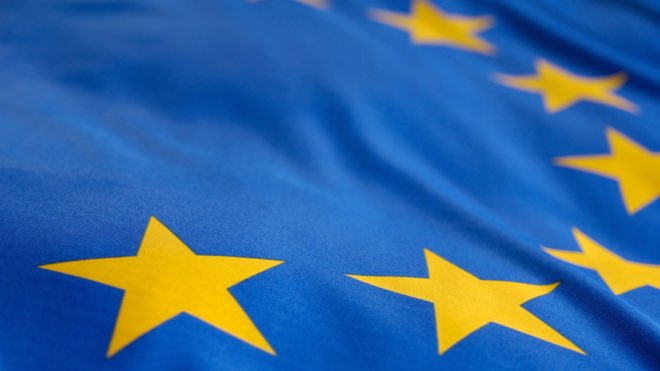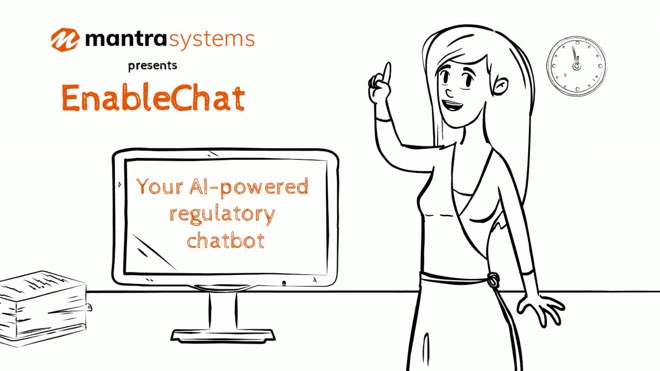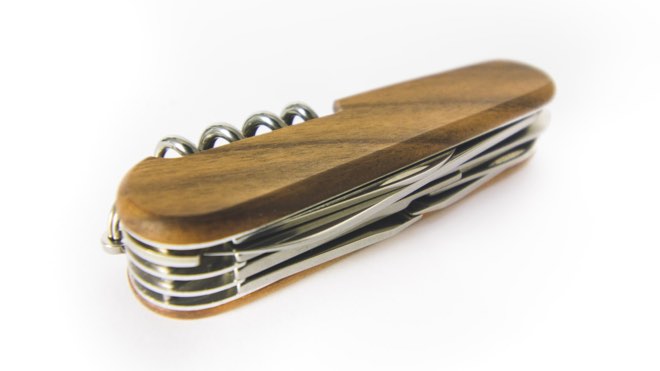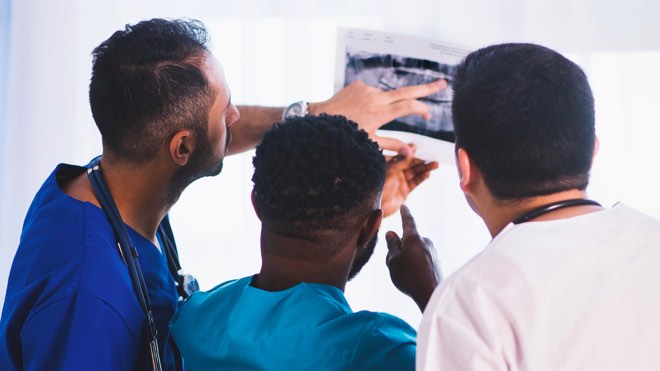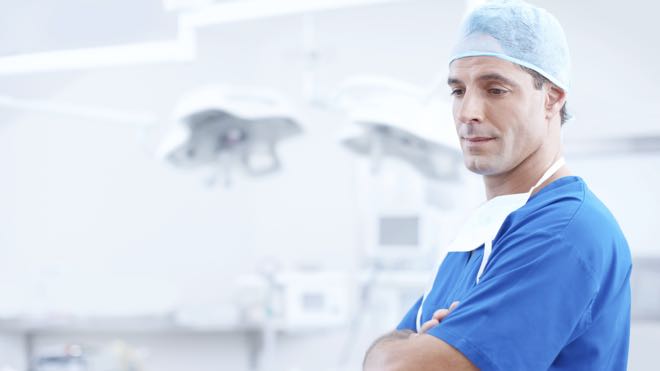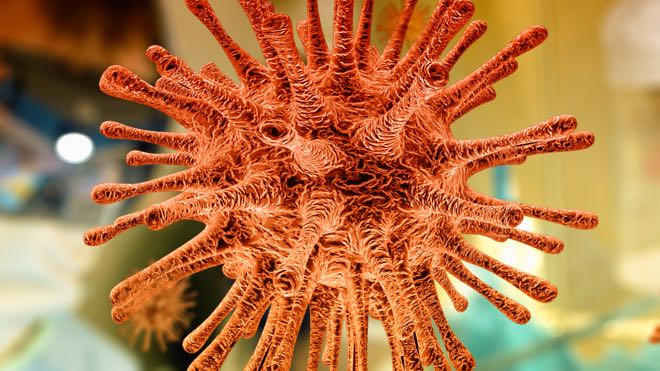
There are multiple ways to generate Real World Evidence (RWE). At Mantra Systems our objective is to make sure that our clients choose the method of real-world data harvesting that is right for them. This article outlines some of the different methods available for collecting real-world data and producing RWE.
The choice of real-world data collection method is often driven by a combination of factors. Some of the factors to consider include:
- market sector
- availability of external data sources
- product type
- available company resources
- time and criticality
Unfortunately, the method chosen by medical device manufacturers often isn’t the best one for their needs. A poor choice of RWE generation method tends to lead to an accumulation of problems over time, as weaknesses of either collection method or the data itself tend to compound as data collection is ongoing.
Manufacturers may also find that compliance of data collection by investigators is far below requirements if insufficient attention is given to the choice of data collection method. Ultimately, the wrong choice leads to both time and money being wasted and leaves a critical problem remaining to be solved.
Differing market sectors
Some market sectors are extremely fortunate in this regard as there are already a number of external or nationalised registries that collect data on the performance of multiple products within a sector. For example, the National Joint Registry in the UK collects real-world data on the performance of joint replacement implants. This is a rich source of data that companies can access to compile evidence for regulatory submission, and has the advantage of being consecutive, non-selective, and objective (i.e. administered by an external agent rather than the manufacturer of the product in question).
Other market sectors are not so fortunate. In the absence of such nationalised registries, manufacturers must find other ways to generate RWE.
For some products, a simple patient survey may suffice, perhaps collecting outcome measures such as EQ-5D-5L or pain VAS in return for a modest reward. This will suffice for lower risk devices where the level of scrutiny of RWE is comparatively light. The priority is to collect incidences of Adverse Events and, ideally, some limited functional outcomes data.
Common problems
For products in higher risk categories (Class IIb and III under the EU MDR), a more robust system of real-world data collection will be required.
In some cases it may be possible to buy data from a commercial external database administered by a data provider. This has the advantage of avoiding the need to build a new data collection system “from scratch”, however there are numerous disadvantages to this approach.
Firstly, the manufacturer will have no control over which data points are collected, meaning that they have no ability to tailor the data collected to the needs of either themselves or their customers.
Secondly, the manufacturer has no control over how the data was collected — in the era of GDPR and other important data control measures, the manufacturer will need to provide justification for the data collection methods employed in generating their RWE.
Thirdly, the data remains owned by the data provider, meaning there is no opportunity to make multiple uses of the same data at different times without paying repeatedly to extend licences.
Perhaps most importantly, such data is almost always retrospective. Regulators increasingly require prospective data to support regulatory submissions, and the inherent inflexibility of retrospective datasets may often mean that manufacturers need to seek alternative or ancillary data to maintain regulatory approval over time.
A solution
For these reasons and many others, a dedicated Post-Market Clinical Follow-up (PMCF) system offers numerous advantages. One particular advantage of a dedicated PMCF system is the ability to record data in real-time. In an increasingly digital world, this is a huge advantage of such a data collection system. Dedicated PMCF systems are also prospective.
Mantra Systems’ PMCF service (as part of our MDR consulting support) will ensure that you have the most robust, adaptable, personalised and appropriate PMCF system for your individual requirements. Our team of experts will work with you to build the an observational system that will meet your RWE-generation needs both now and in the future.
We also have the necessary experience to create a PMCF system that offers value to your customers, allowing you and your customers to become strategic partners in both medical device scrutiny and data generation, the uses of which will stretch far beyond mere regulatory compliance.
Contact us today to discuss how our Medical Device Regulatory Consulting Services can help you with your RWE-generation requirements.






